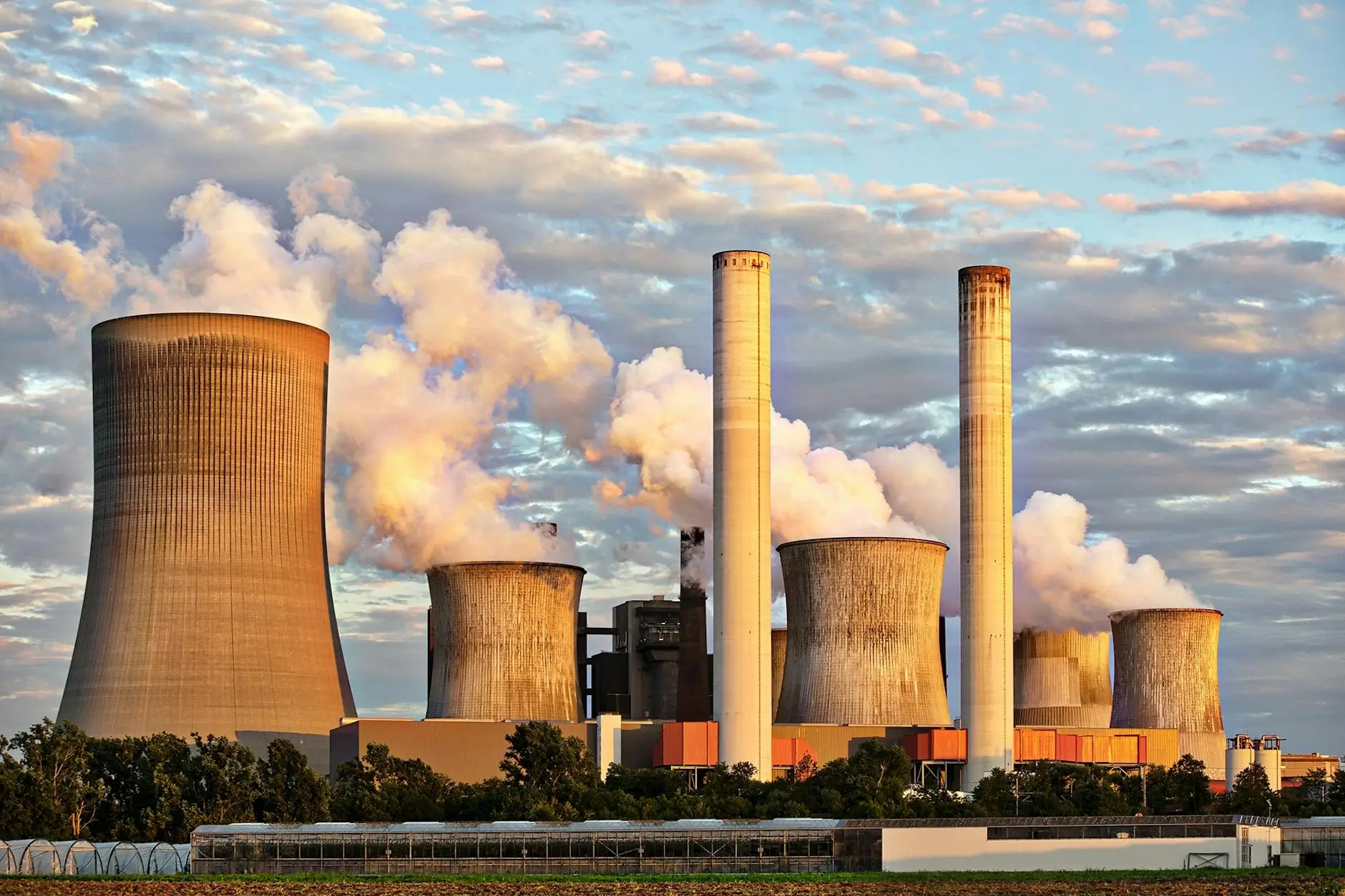India Set to Reshape Nuclear Laws, Eyeing Major Private & Foreign Investment

Mumbai, June 7, 2025 – For businesses and investors in India, a significant shift is on the horizon. The Indian government is actively considering crucial amendments to its Civil Liability for Nuclear Damages Act (CLNDA), 2010, and the Atomic Energy Act (AEA), 1962. This pivotal move is designed to draw in greater private sector participation and vital foreign investment into the nation's nuclear energy sector. Our goal, as a country, is to dramatically boost nuclear power capacity from 8 GW to an ambitious 100 GW by 2047, aligning perfectly with our ambitious clean energy targets.
Why the Amendments are Crucial for Our Future
This push for reforms isn't just about policy; it's about our collective future energy security. The key reasons include:
- Ambitious Capacity Goals: Achieving our 100 GW target is simply not feasible with existing public sector capabilities alone. We need substantial foreign and private investment to make this vision a reality.
- Removing Investment Roadblocks: Current laws act as a significant barrier. They deter foreign companies, like global giants Westinghouse and EDF, due to our stringent liability frameworks, which often differ from international norms. This has historically choked off necessary capital inflow.
- Addressing Foreign Liability Concerns: As many in the industry know, past contractual arrangements, even with close partners like Russia's Rosatom, are no longer permissible under current law. This highlights the urgent need for a revised, more globally aligned framework.
Critical Perspectives & Challenges We Must Consider
While the excitement for reform is palpable, we, as stakeholders, must also acknowledge the critical perspectives and potential challenges:
- Questioning Investment Guarantee: There's skepticism that simply amending laws will guarantee a flood of large-scale foreign investment. We've seen that even major nuclear suppliers aren't aggressively expanding capacity in their own countries, raising valid questions about their readiness for massive investment here.
- Liability & Accountability: For every Indian, the dilution of the CLNDA's supplier liability clauses—enacted after the devastating Bhopal gas tragedy—raises serious concerns about public safety and accountability. This framework has also complicated matters for our own domestic suppliers, leading to legally untested indemnity contracts.
- Technology Transfer Realities: While we hope for significant technology transfer, the reality is that such transfers from private firms are primarily driven by commercial interest and home government regulations, not just market access.
- SMRs' Economic Risks: Small Modular Reactors (SMRs) show great promise for technology transfer, but we must be realistic about their high capital costs and the unproven scalability of their factory-based production models, which currently limit their near-term potential.
International Standards and Our Path Ahead
As we navigate this complex landscape, our proposed amendments are being viewed through the lens of international norms, like the Convention on Supplementary Compensation (CSC), which prioritizes swift victim compensation and typically limits liability to operators. It's important to remember that governments ultimately remain responsible for accident compensation, supported by international insurance pools.
For everyone invested in India's growth and energy future, this debate signifies a critical juncture. It's about striking a delicate balance: achieving our ambitious energy goals, attracting global partners, ensuring stringent safety standards, and fostering our invaluable indigenous nuclear capabilities. The success of this pivotal shift hinges not just on these legal reforms but also on robust regulatory oversight and, crucially, building public confidence in India's nuclear future. Let's engage in this discussion thoughtfully, for the energy decisions we make today will power our nation for generations to come.



 213
213

 The BharatBiz
The BharatBiz
 16
16

